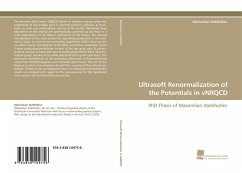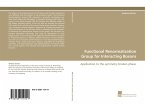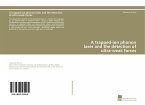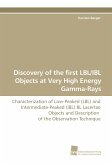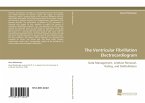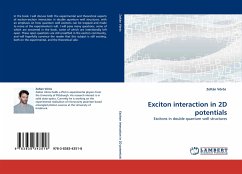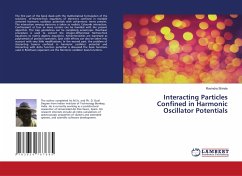The effective field theory vNRQCD allows to describe among others the production of top-antitop pairs in electron-positron collisions at threshold, i.e. with very small relative velocity of the quarks. Potentially large logarithms of the velocity are systematically summed up and lead to a scale dependence of the Wilson coefficients of the theory. The missing contributions to the cross section for top-antitop production in the resonance region at next-to-next-to-leading logarithmic (NNLL) level are the so-called mixing contributions to the NNLL anomalous dimension of the S-wave production/annihilation current of the top quark pair. To calculate these one has to know the next-to-leading logarithmic (NLL) renormalization group running of so-called potentials (four-quark operators). The dominant contributions to the anomalous dimension of these potentials come from vNRQCD diagrams with ultrasoft gluon loops. The aim of this thesis is to derive the complete ultrasoft NLL running of the relevant potentials. Technical and conceptional issues are discussed and preliminary results are analyzed with regard to the consequences for the mentioned cross section and its theoretical uncertainty.
Bitte wählen Sie Ihr Anliegen aus.
Rechnungen
Retourenschein anfordern
Bestellstatus
Storno

